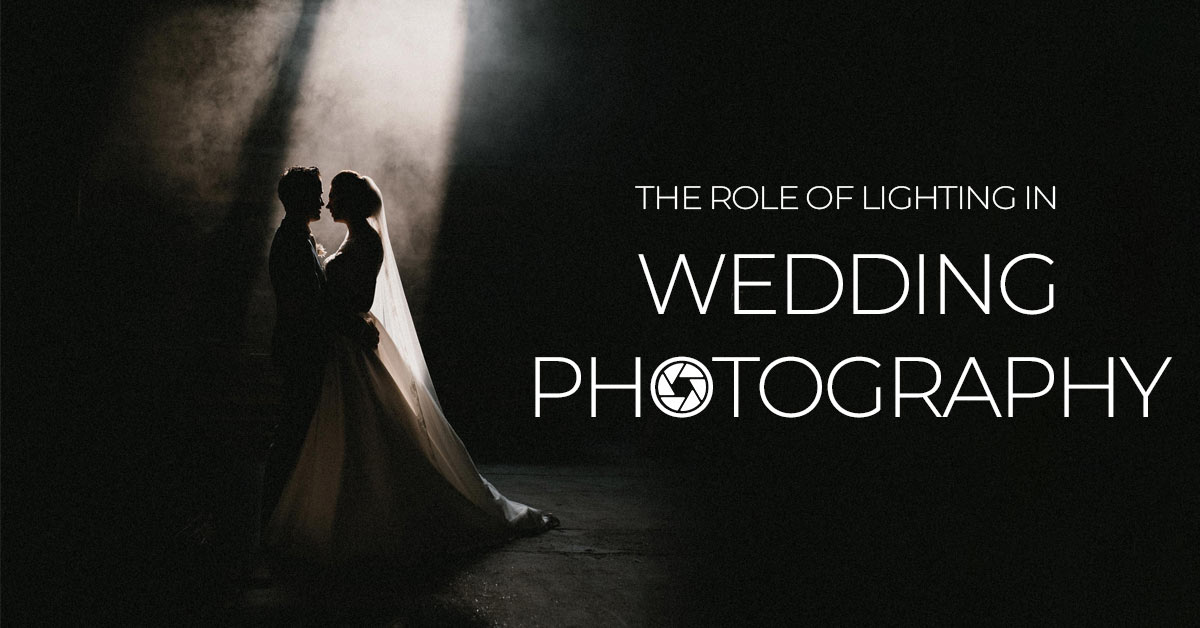
The Role of Lighting in Wedding Photography
Introduction:
In the realm of wedding photography, where every moment is cherished and immortalized, lighting plays an important role in capturing the moment of the day. Whether it's the mild glow of natural light or the controlled brilliance of artificial lighting, each has its own charm and significance in crafting timeless images that tell the story of love and celebration. In this blog by Dhilip studio, the best wedding photography in Chennai, we delve into the interplay between natural and artificial lighting, exploring their unique qualities and how they influence the mood and aesthetic of wedding photographs.
Natural Light:
The Painter's Brush Stroke There's a certain magic in natural light that photographers often strive to harness. The gentle warmth of the sun, the soft diffusion through clouds, and the subtle play of shadows all contribute to creating an ethereal atmosphere that enhances the romance and intimacy of weddings.
One of the most cherished moments for utilizing natural light in wedding photography is during the golden hour—the period after or before sunset when the light is soft, warm, and flattering. During this time, the sun shows a beautiful golden hue, casting long, dramatic shadows and enveloping scenes in a dream-like quality. Golden hour portraits radiate a romantic ambiance, with couples bathed in a soft, luminous glow that accentuates their love and connection.
Another advantage of natural light is its versatility. Whether shooting outdoors in a picturesque garden or indoors in a sunlit venue, natural light offers endless possibilities for creativity. From backlit silhouettes against a sunset backdrop to softly lit candid moments captured in dappled shade, natural light provides wedding photographers with a rich palette to paint their vision.
However, despite its beauty, natural light can be unpredictable and fleeting. Photographers must be adept at adapting to changing conditions, improvising techniques to make the most of available light. Furthermore, harsh midday sunlight can present challenges, casting unflattering shadows and causing overexposure. Nevertheless, with careful planning and skillful execution, natural light remains a timeless choice for capturing the essence of a wedding day.
Artificial Light:
Sculpting the Scene While natural light possesses an inherent charm, artificial lighting offers photographers greater control and flexibility in shaping the mood and atmosphere of wedding photographs. From soft diffused lighting to dramatic spotlight effects, artificial light allows photographers to create dynamic compositions and highlight key elements of the scene.
One of the most common forms of artificial lighting in wedding photography is off-camera flash. By strategically placing flashes around the venue, photographers can illuminate subjects from various angles, adding depth and dimension to their images. Off-camera flash is particularly useful in low-light environments such as dimly lit reception halls or evening outdoor settings, where additional light is needed to ensure proper exposure.
In addition to flash, continuous artificial lighting sources such as LED panels and tungsten bulbs are also popular choices for wedding photographers in Chennai. These lights provide a constant source of light, allowing photographers to fine-tune the lighting setup and achieve consistent results throughout the shoot. Continuous lighting is especially effective during indoor ceremonies or receptions, where natural light may be limited or unevenly distributed.
Furthermore, artificial lighting opens up creative possibilities for photographers to experiment with mood and ambiance. From soft, romantic candlelit portraits to vibrant, colorful light painting effects, artificial light can transform an ordinary scene into something extraordinary. By mastering the art of artificial lighting techniques, photographers can elevate their craft and deliver breathtaking images that resonate with emotion and style.
Combining the Best of Both Worlds
In the changing landscape of wedding photography, the debate between natural and artificial light continues to spark discussion among photographers. While some swear by the timeless beauty of natural light, others embrace the versatility and control offered by artificial lighting techniques. However, the most successful photographers understand that there is no one-size-fits-all approach and recognize the value of incorporating both natural and artificial light into their workflow.
By blending the strengths of natural and artificial light, photographers can create a diverse portfolio that captures the full spectrum of emotions and moments throughout the wedding day. For instance, starting with soft, natural light for intimate morning preparations, transitioning to artificial lighting for dynamic portraits during the day, and ending with the warm, golden glow of sunset for romantic couple sessions.
Moreover, advancements in technology have bridged the gap between natural and artificial light, allowing photographers to seamlessly integrate multiple lighting sources for stunning results. From wireless flash triggers to advanced light modifiers, today's photographers have access to a wealth of tools and techniques to improve their creativity and craft.
Conclusion
In the enchanting world of marriage photography Chennai, lighting serves as both a medium and muse, shaping the narrative and evoking emotion in every frame. Whether basking in the soft embrace of natural light or sculpting the scene with artificial illumination, photographers have the power to transform moments into memories that last a lifetime.
As we've explored in this blog, each type of lighting—natural and artificial—brings its own unique qualities and challenges to the table. While natural light offers romance and spontaneity, artificial light provides control and consistency. By mastering the interplay between these two elements, photographers can unlock endless possibilities and create timeless works of art that celebrate the beauty of love and connection. So, whether you're a bride-to-be or a seasoned photographer, remember that when it comes to lighting in wedding photography, it's not about choosing one over the other, but rather embracing the beauty of both.